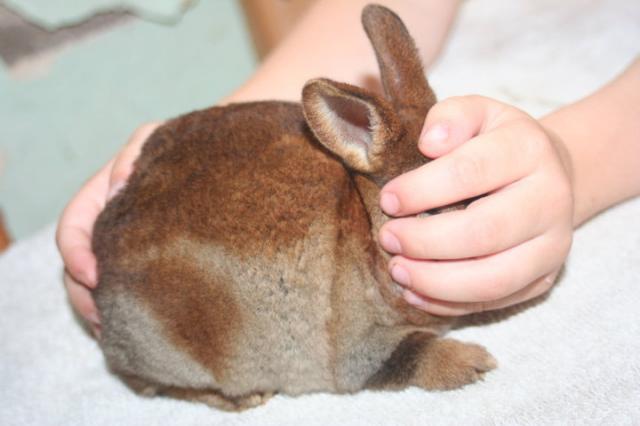If I crossed a harlequin without chinchilla relatives to a chinchilla that I knew didn't have harlequin in its background, I would expect to get chestnut agoutis, yes.
Trying not to get into a really long, involved answer here . . . . Basically, the gene causing harlequin is in the E series. The gene causing chinchilla is in the C series. Both harlequin and chinchilla are recessive genes (in other words, there is at least one more dominant gene than each of them in their respective series). When you cross a harlequin to a chinchilla, each baby gets a copy of harlequin from one parent, and chinchilla from the other, but since the chin gave the babies the more dominant E gene, and the harlie gave them the more dominant C gene, they wind up as chestnut agouti. These babies are carrying the recessive harlequin and chin genes, but since they also inherited the more dominant genes, that is what they are expressing.
If you cross one of these babies back to the chin, some of the resulting babies will get the chin gene from both parents and be chins (some of those may also get a harlie gene, but you may not be able to see it. Sometimes, you can get harlequin markings bleeding through on a chestnut or chin, but not always). If you cross back to the harlequin, some of the babies will get harlequin from both parents and be harlies. To get magpies, the babies have to inherit chin and harlequin from
both parents. If you were to take two of these babies and breed them together, some of their babies will get chin from both parents, and some will get harlequin from both parents; some will get the full color genes from one or both parents, too. And if you are lucky, some babies will get both chin and harlie, and be magpies. Be warned, though - it seems that if there is a certain color that you are hoping to see in a litter, the rabbits are determined
not to give it to you.







